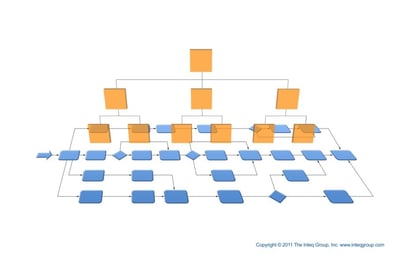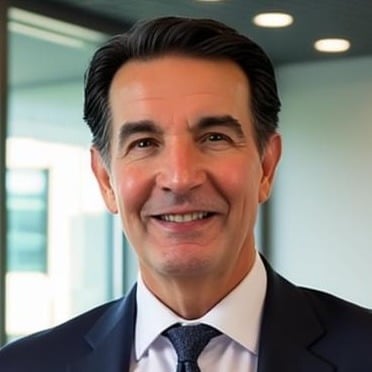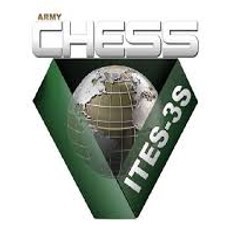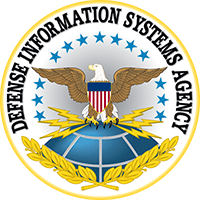Organizations are complicated, complex and chaotic. Transformational BPR requires engaging the business from 360° - analyzing the people / roles, processes and technology at the tactical, operational and strategic layers – and analyzing how the people / roles, processes and technology engage one another across and between each layer. This post discusses the operational layer. The tactical and strategic layers are discussed in separate posts.
The Operational Layer
Organizations are typically organized vertically / hierarchically from a managerial perspective. For example, a workgroup of 3-5 staff report to a supervisor; a group of supervisors report to a department manager; department managers report to a general manager; and so on it goes up the organizational hierarchy through senior and executive management levels to the COO/CEO.
The orange squares in the illustration below represent the concept of the vertical organizational hierarchy of an organization.
Each orange square represents a supervisory / managerial tier and role in an organizational chart.
The tactical (blue rectangles) layer of an organization is complicated - many moving parts. The operational (orange squares) layer of an organization – supervision and management - is complex.
A “play” in a football game is complicated - many moving parts (players, positions and role assignments) and complex - dynamic interactions between the moving parts. When the ball is snapped to the quarterback, a complex series of interactions unfold.
Each player continually monitors the action and dynamically makes a series of subjective decisions and corresponding actions. The outcome of the play is a result of the hundreds of dynamic interactions among the players on the field.
Similarly, operational layer complexity manifests: 1) between the tactical and operational layer – the staff performing work activities and their direct supervisors and managers; 2) at the operational layer horizontally between business functions (e.g. between the Supervisor of Order Entry and the Supervisor of Customer Billing); and 3) vertically up and down the tiers (e.g. between the Manager of Billing/Accounts Receivable and the Supervisor of Customer Billing).
Accordingly, as the business processes flow horizontally across the organization, the various work activities are supervised / managed by disparate silos of vertical hierarchies - which do not always work together in harmony.
The supervisory and managerial interactions up, down and across the vertical tiers represent the basic concept of complexity at the operational layer. However, in reality, the operational layer is far more complicated and complex. The reason is that while the business processes at the tactical layer (the blue layer) look flat, many tactical work activities (the blue rectangles) are performed up, down and across the vertical tiers at the operational level and even at the strategic level.
Two key indicators of opportunities for transformational change at the operational layer are the type and intensity of the tactical work activities performed at the operational layer by the operators (supervisors and managers) and the level of maturity and complexity of interactions among the operators at the operational layer.
The transformational opportunity manifests in the splitting of the atom of work activities - a concept that I coined in my book Mastering Business Chaos. This concept of splitting the atom of work activities refers to splitting the work activities performed at the operational level into two types of components – mechanical rules-based components and knowledge and judgment based components.
The basic concept is that if various tasks and decisions associated with work activities at the operational layer can be distilled to mechanical rules-based procedures, then that portion of the work activity can be performed at the tactical level. If the work cannot be distilled to mechanical rules-based procedures, but can be distilled into best practice guidance, then the work can be performed at a lower level tier operational layer hierarchy.
After splitting the work activities and moving the rules-based components into the tactical layer, the remaining tasks and decisions associated with work activities at the operational layer are knowledge and judgment based. These are tasks and decisions that are subjective and therefore require knowledge and judgment based on experience and critical thinking.
The splitting of rules-based work from knowledge and judgment based work at the operational layer enables the operators to focus more time on operational layer value added work such as coaching and mentoring, dealing with exceptions and non-standard issues, subjective decision making and identifying improvements at the tactical layer.
The splitting of rules-based work from knowledge and judgment based work at the operational layer is also essential to breaking through highly entrenched review and approval loops, hero-based work, firefighting work cycles and silo sub optimization.
The Next Step
Every organization continually experiences major changes and shifts in their business environment and almost every organization is currently experiencing at least one of the 10 reasons - and typically multiple reasons for transformational BPR.
A business platform that is high-performing, scalable, extensible, adaptable/nimble, robust and transparent enables your organization to successfully manage and leverage the chaos of continual shifts and changes in your business environment.
However, your business platform is complicated, complex and chaotic. Transformation is equally complicated, complex and chaotic. Successful transformation requires substantial business knowledge, adept judgment and seasoned experience.
When you are ready for transformational BPR the next step is very simple – contacts us and let’s discuss your organization and BPR requirements in more detail. We can assist your organization in creating the future-state blueprint of your business platform and in transforming the blueprint into reality.
Today’s rapidly changing business environment favors high-performing, agile organizations capable of delivering extraordinary customer and business value.
Meeting this challenge often requires transformative change - and sustainable on-going improvement in business processes, organizational culture and supporting technologies.
Subscribe to my blog | Visit our Knowledge Hub
Visit my YouTube channel | Connect with me on LinkedIn
Check out our Business Analysis Training Courses and Consulting Services




















